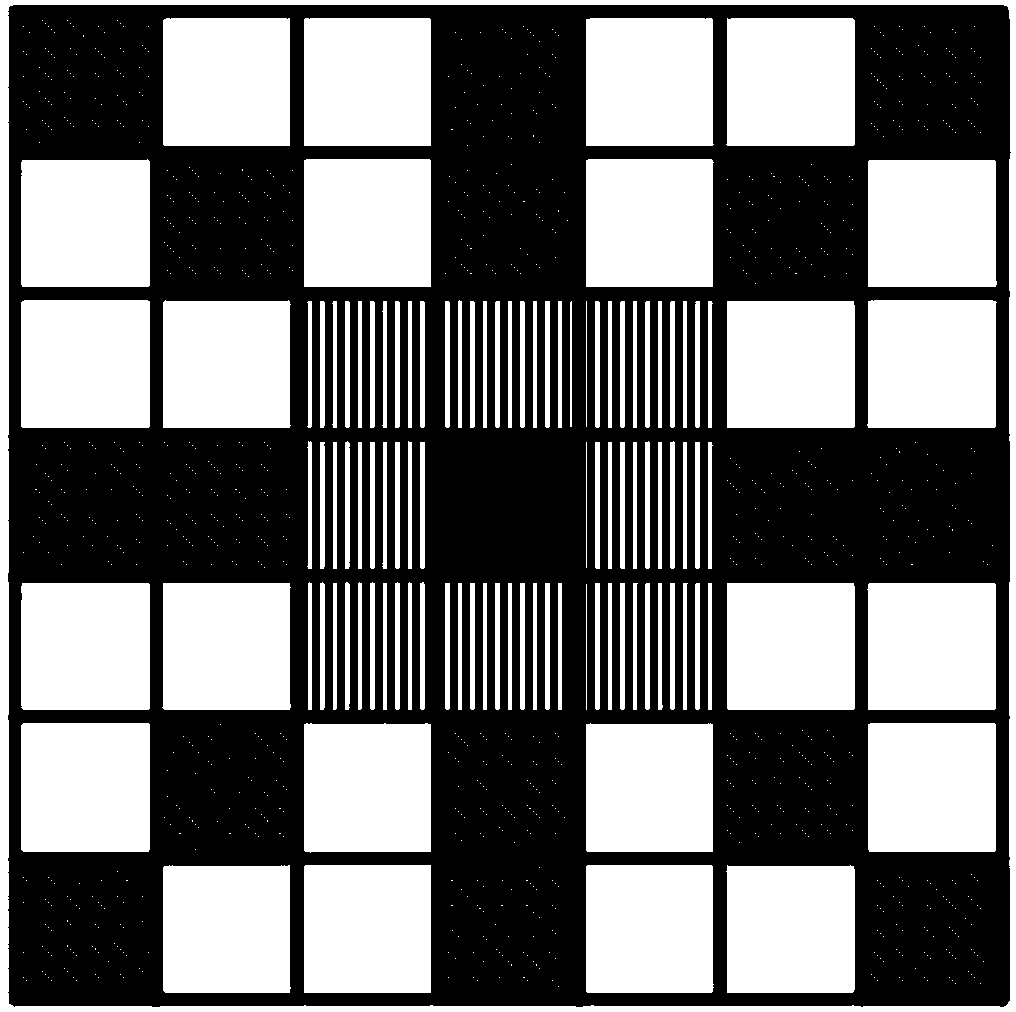fpga-based system on chip and its object detection method
A system-on-chip, detection unit technology, applied in radio wave measurement systems, instruments, etc., can solve the problems of large calculation load, unstable detection performance, loss of sex-to-noise ratio, etc., and achieve the effect of reducing calculation time and calculation complexity.
- Summary
- Abstract
- Description
- Claims
- Application Information
AI Technical Summary
Problems solved by technology
Method used
Image
Examples
Embodiment 1
[0034]Signal detection is carried out in the interference background. In addition to system noise, the interference background also includes echo signals reflected by waves, clouds, rain, hills, buildings, forests, etc., artificial active and passive signals released by the enemy. Jamming (such as jammers and metal chaff), and adjacent jamming targets mixed with useful targets and its side lobes (such as radar using pulse compression); for maritime target detection, mainly ocean waves, sea floats These interferences hinder the radar from working and make it difficult to detect signals. In the signal detection, we pay special attention to the probability of a wrong judgment, that is, the change of the false alarm probability. The false alarm probability is one of the main technical indicators in the signal detection; Constant false alarm rate processing is carried out, so that the false alarm probability remains unchanged. In radar signal detection, constant false alarm rate d...
Embodiment 2
[0053] see figure 2 , is the schematic diagram of the rice window obtained by using the method of the present invention; it is used for two-dimensional constant false alarm detection target, wherein the realization of the two-dimensional constant false alarm detection target method is the same as that of embodiment 1, and the FPGA-based system on chip of the present invention proposes a A target detection method based on FPGA-based system-on-chip that can reduce hardware complexity and reduce detection time, comprising the following steps:
[0054] Step 1, the analog receiver obtains the analog signal, and converts the obtained analog signal into an I-channel analog signal and a Q-channel analog signal, and then sends the I-channel analog signal and the Q-channel analog signal to data acquisition and analog-to-digital conversion respectively module.
[0055] The data acquisition and analog-to-digital conversion module is a dual-channel high-speed analog-to-digital (AD) conve...
PUM
 Login to View More
Login to View More Abstract
Description
Claims
Application Information
 Login to View More
Login to View More - R&D
- Intellectual Property
- Life Sciences
- Materials
- Tech Scout
- Unparalleled Data Quality
- Higher Quality Content
- 60% Fewer Hallucinations
Browse by: Latest US Patents, China's latest patents, Technical Efficacy Thesaurus, Application Domain, Technology Topic, Popular Technical Reports.
© 2025 PatSnap. All rights reserved.Legal|Privacy policy|Modern Slavery Act Transparency Statement|Sitemap|About US| Contact US: help@patsnap.com


